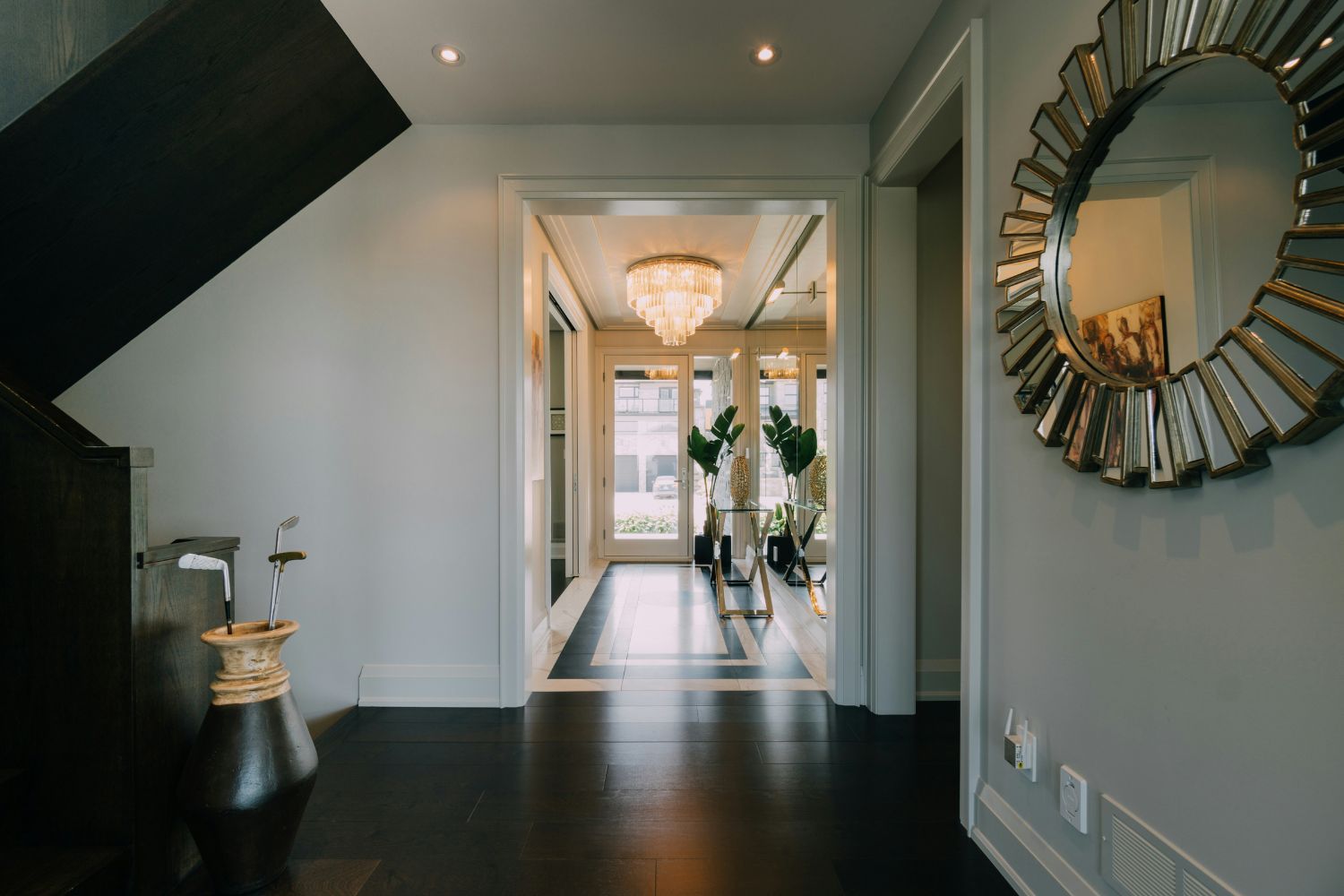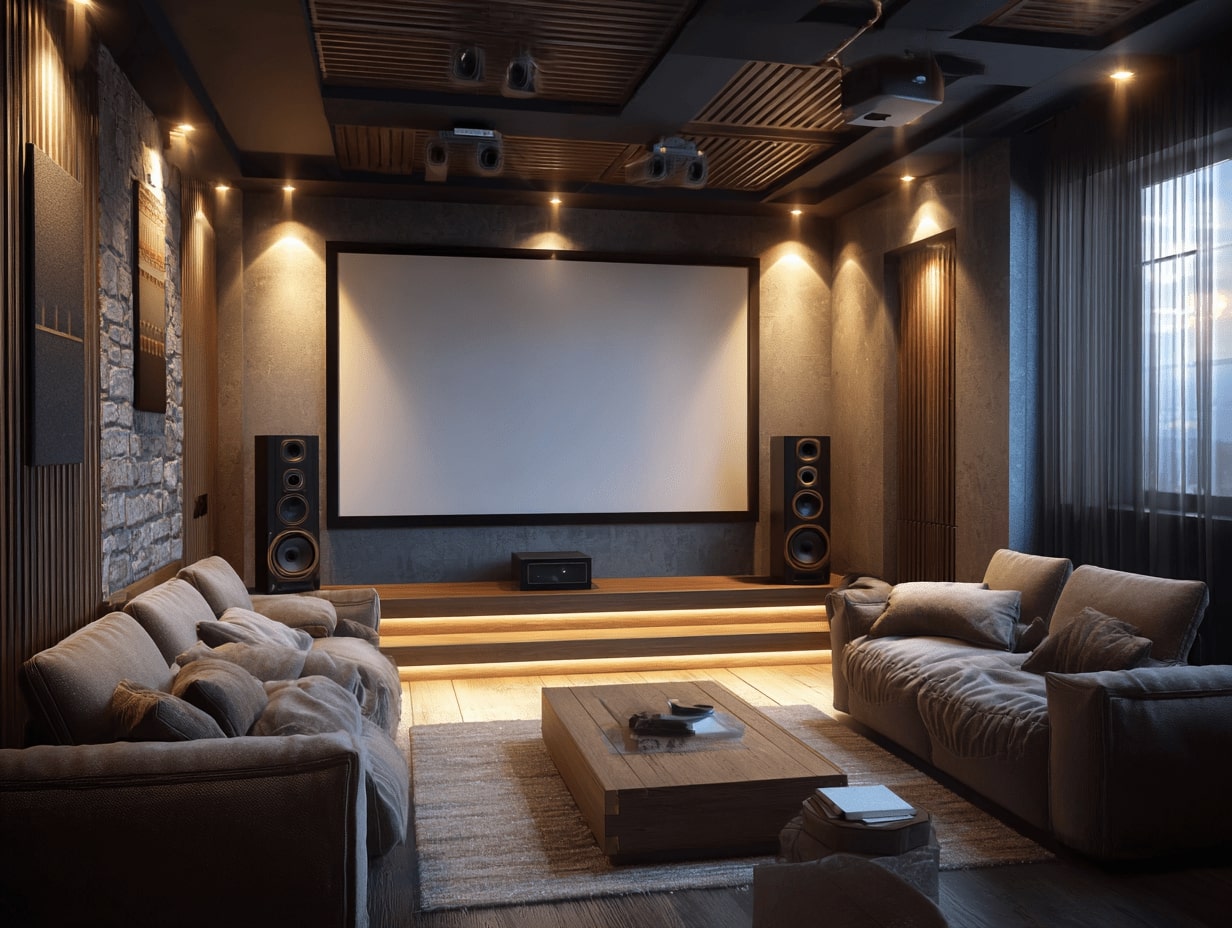- Home
- Articles
- Architectural Portfolio
- Architectral Presentation
- Inspirational Stories
- Architecture News
- Visualization
- BIM Industry
- Facade Design
- Parametric Design
- Career
- Landscape Architecture
- Construction
- Artificial Intelligence
- Sketching
- Design Softwares
- Diagrams
- Writing
- Architectural Tips
- Sustainability
- Courses
- Concept
- Technology
- History & Heritage
- Future of Architecture
- Guides & How-To
- Art & Culture
- Projects
- Interior Design
- Competitions
- Jobs
- Store
- Tools
- More
- Home
- Articles
- Architectural Portfolio
- Architectral Presentation
- Inspirational Stories
- Architecture News
- Visualization
- BIM Industry
- Facade Design
- Parametric Design
- Career
- Landscape Architecture
- Construction
- Artificial Intelligence
- Sketching
- Design Softwares
- Diagrams
- Writing
- Architectural Tips
- Sustainability
- Courses
- Concept
- Technology
- History & Heritage
- Future of Architecture
- Guides & How-To
- Art & Culture
- Projects
- Interior Design
- Competitions
- Jobs
- Store
- Tools
- More
Customizing Carpets: Transforming Personal Vision Into Reality

Customizing carpets, instead of settling for boring and basic ready-made ones, is an idea that will not just bring about the best change in your surroundings but will also be incredibly fun to experience. And it goes without saying that mass-made carpets often fail to fulfil a number of needs, particularly if you’ve got some extraordinary aesthetic goals or seek more comfort.
So why not design a carpet that features your desired structure and that is tailored for you? The result will be a phenomenal functional art that will benefit your living spaces in multiple ways. Sounds exciting? Let Fixitdubai, the best interior design company in Dubai, make this very task even easier, highly lucrative and immensely amazing for you. Keep reading!
Table of Contents
ToggleDesign Your Dream Carpet With This Insightful Info
From foundation to final designing, we have listed all the crafting essentials of carpets up ahead. Even if you don’t necessarily get carpet customizations, this info will help you make the right choices, those that suit your place and your lifestyle, whenever you make wall to wall carpets Dubai purchases.
1- Carpet Materials
Carpets can be made with either natural fibers (plant or animal-based origins) or synthetic ones (man-made materials).
-
Natural Fibers:
The main options in this regard are cotton, wool, silk, jute, sisal, seagrass and coir. Fibers like silk and wool are inherently plush, leading to extremely opulent, high-value and durable carpets, but those can be expensive too. Cotton is more of a mid-range option, perfectly comforting, easy to maintain and reasonably priced.
Lastly, you can go with coir (coconut fibers), sisal or jute carpets which give an all-natural and rustic feel. They usually have earthy color tones and can be a soothing element in way too bold or detailed decors. Besides, they are often inexpensive and caring for them is easy too, but they might not bear intense exposure to the elements.
-
Synthetic Fibers:
The common synthetic fibers used for making carpets are nylon, polyester and polypropylene (also called olefin). Also, they are often blended to design carpets for the purpose of added strength and resilience. Synthetic carpets also perform well outdoors and they can be the perfect choice if you need carpeting in a busy/high traffic space.
Nylon, for instance, is highly durable and stain-resistant, therefore a great choice for kids’ bedrooms and living rooms. If you want something softer, polyester is the option to go for and it is also very colorfast so fading won’t be a concern. But these carpets can get affected by heat and some versions may also be prone to matting or crushing.
2- Weaving Styles
The weaving of carpets, again, has two versions, one that gets done on machines and the other that is done by hand. The latter, however, has become a niche craft due to its intricacy.
-
Manual Weaving Styles:
Making carpets by hand has an extensive history and a range of versions, all extremely valuable in one way or the other. It’s also the costliest because of all the manual effort involved and the materials used for handmade carpets are often premium too. So if you do get such a carpeting, it’s going to be a true piece of art and a worthwhile investment.
The main methods in this regard are hand-knotting (Persian, Turkish, Spanish and Jufti are the most popular), hand-tufting, loom-knitting, flat weaving (Dhurrie, Kilim, Tapestry Weave, etc.), hooking (creates folk art-like textured carpets) and braiding (coiling and stitching of yarn or fabric).
-
Machine Weaving Techniques:
Machine weaving produces three main types of carpets: woven, needle-felted, and tufted ones. These carpets offer great performance and are resilient against most damaging factors, but may lack the charm of a handmade product. But if you’re looking for a decent floor covering that’s cost-effective, then machine-woven carpets would be the best.
They are also more affordable and you can find all kinds of pile styles like cut and loop, loop pile or cut pile. Moreover, their profiles are well-structured and can last long even in busy zones, such as workspaces or mudrooms. These days, you can also get many eco-friendly options which are produced ethically.
3- Pile Height
Pile height is essentially the length of a carpet’s fibers, starting from the backing material and going all the way to the top. This height has a great impact on the look and durability of carpets.
-
Cut Pile:
This style has cut and upright yarn loops which lead to a very soft surface. The best example in this regard is shaggy carpets. Cut pile carpets look extremely luxurious and are plush to touch as well, with amazing cushioning levels. These carpets are also great at hiding footprints and can offer a great surface for kids and pets to play on.
But they are more suited to low traffic areas or for decorative uses, because they can get damaged quite quickly and have somewhat particular maintenance needs. The best approach is to place them in bedrooms and nurseries where they will offer great insulation and keep the room’s temperature balanced.
-
Loop Pile:
Loop pile carpets have uniformly cut fibers which creates an even surface. There are two other versions of this pile height too; multi-level and berber styles. Multi-level loop carpets have fibers in varying lengths whereas berber style ones have thicker fibers which are looped for added structure. They are often tougher and more long-lasting.
Stair Carpets with a loop pile design are a highly practical choice for most areas, offering durability, great performance and aesthetic benefits at the same time. On top of that, they don’t get crushed or damaged otherwise and can also conceal dirt marks or stains. Because of these features, they are highly recommended for parents and pet owners.
4- Size & Shape
While you can find carpets in Dubai in just about all shapes and sizes, having one with a fun and quirky shape (or no shape at all!) would be a fantastic approach to unique home decors.
-
Standard Dimensions:
The best way to make successful and useful carpet purchases is to measure your desired spaces, so that the carpeting isn’t disproportionate. If you’re going with full-length or wall to wall carpets in Dubai, make sure to get solid colors and very minimal patterns like stripes, or at best, no patterns at all. This will prevent visual clutter and create harmony.
Whereas, if you’re choosing rather small carpets or area rugs, then, by all means, you can go with bolder designs and vibrant colors to create a focal point. Just make sure your carpet is nearly 60 cm smaller than the shortest wall in the room. Also, the carpet should encircle the big furniture (secondary items) or at least all front legs should be over it.
-
Customization Essentials:
When customizing a carpet, you can consider getting unique options like oval, circular, cloud-like or other irregular options. In big rooms, there should be around 18 inches of bare space around the carpet and for smaller rooms, the distance should be 8 inches. Avoid sizes that make the room appear too crowded or overwhelming.
If you plan on placing a sofa or couch atop the carpet, keep it 20 to 25 inches wide from both sides. You can also make use of a tape to outline the floor and visualize the placement of your carpets. Darker colored and/or longer carpets, like runners, can be helpful in separating larger areas and defining different zones, such as dining spaces.
5- Underlayments/Paddings
Paddings or underlays are essential to keep carpets safe, free of impact and subfloor damages and long-lasting. You can have them attached with your carpets or get separate ones.
-
Best Underlay Materials:
The most heavy-duty carpet padding materials are PU foam (comfy, insulating but not very durable), sponge rubber (durable, soundproofing, excellent for underfloor heating but may not be very comfy), crumb rubber (eco-friendly, best for high-traffic areas, but gives a firmer underfoot sensation) and felt underlay (great cushioning and easy to fit).
Other than that, underlayments featuring a combo of rubber and felt can also be a wonderful idea for the best of both worlds; top-notch performance.
-
Additional Important Factors:
Choose denser and thicker underlays for those carpets that you plan on installing in busy areas. This also goes the same for if your carpets will be placed under furniture or other heavy objects. If you prefer softer carpeting, opt for paddings that have a cushioning effect, but otherwise you can go with dense underlays that feel firmer and offer safety.
For instance, a loop pile carpet can benefit from a firm underlay as it will prevent its stretching and make it last long. Recycled underlays should also be preferred.
To Conclude
If you have also gotten bored with the carpets you own or those unexciting ones available in the market, it’s high time to create a carpet that speaks your taste. From fibers to finishing, we have provided you with all the details of materials and possibilities. With this data, you can easily make selections that work for your room design objectives, the usage nature of your area and the improvements you want to see. This will be, by all means, the most useful home improvement project with perks being far more than decors that impress.
illustrarch is your daily dose of architecture. Leading community designed for all lovers of illustration and #drawing.
Submit your architectural projects
Follow these steps for submission your project. Submission FormLatest Posts
How to Create a Timeless Living Room: Principles, Ideas, and Inspiration
The living room stands as the heart of every home—a gathering place...
Unlocking Home Curb Appeal: Transform Your Entryway with Expert Solutions
Your home’s entryway is more than just a door—it’s the first impression...
How Home Theaters Influence Architectural Design
How home theaters influence architectural design: see how space planning, acoustics, structure,...
Top Living Room Design Tips in Contemporary Architecture for a Modern and Inviting Space
Discover essential tips for contemporary living room design, blending modern aesthetics with...












Leave a comment